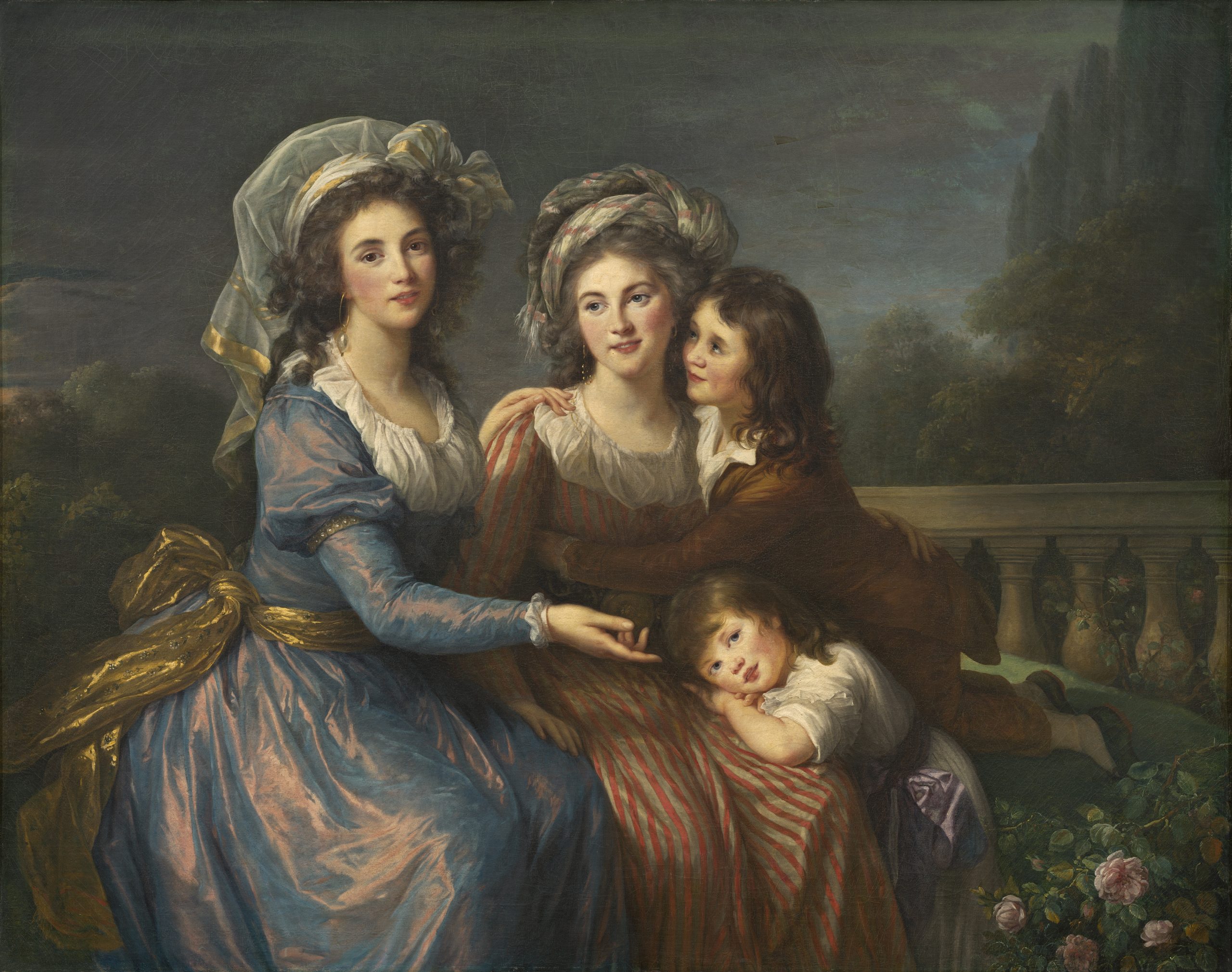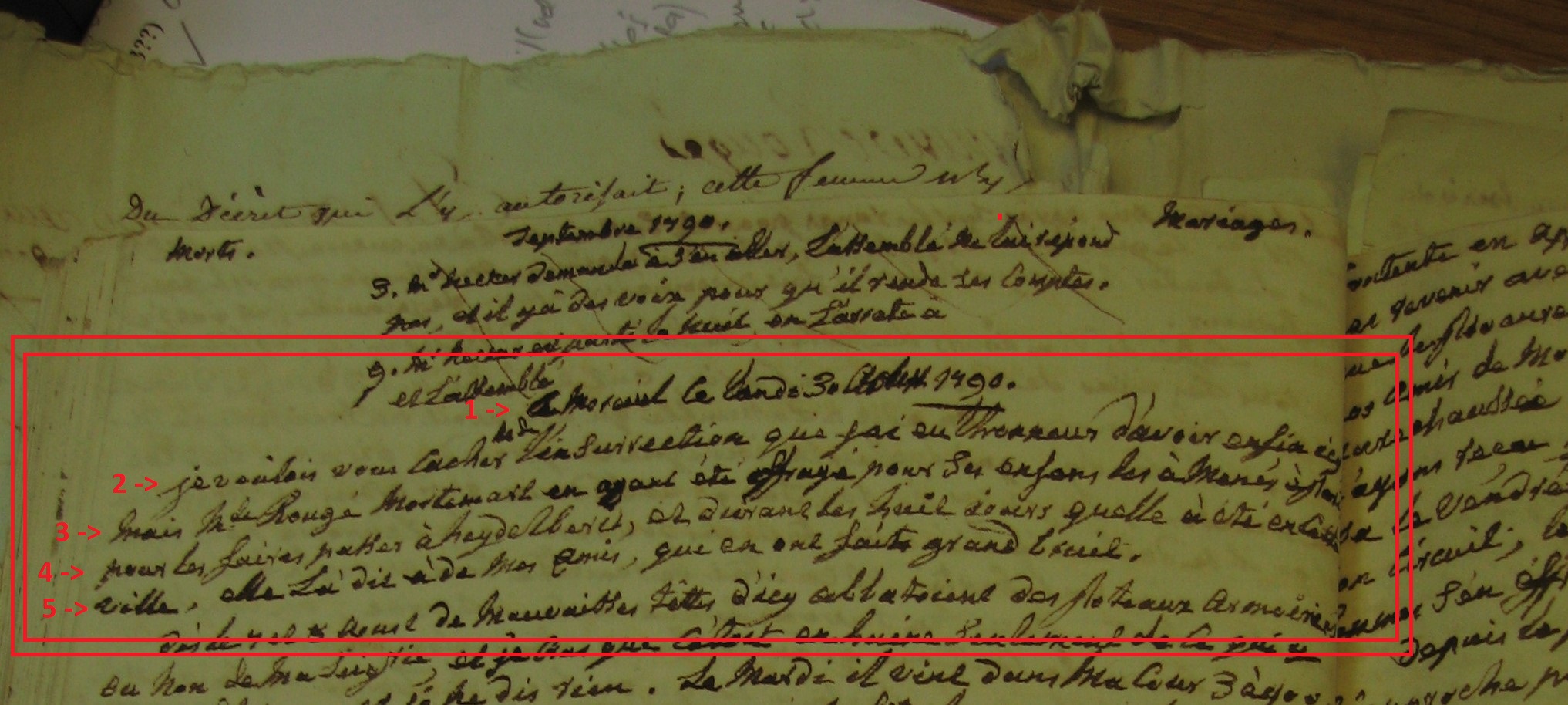
Fig. 1: Élisabeth-Louise Vigée Le Brun, The Marquise de Pezay, and the Marquise de Rougé with Her Sons Alexis and Adrien, 1787. Oil on canvas, 123.4 x 155.9 cm. National Gallery of Art, Washington, DC, 1964.11.1.
Simon Macdonald writes:
Previous blog entries here have noted that no portrait picture survives depicting the duchess of Elbeuf, and indeed that we have little clue about what happened to her art collection as a whole — or even if she had one at all. Fortunately, one remarkable visual entry point into the duchess’s world is available to us. For, a couple of years before the French Revolution, a number of her closest relations sat to have their group portrait painted by one of France’s leading artists in this line of work, Élisabeth-Louise Vigée Le Brun. The painting survives, and is now owned by the National Gallery of Art in Washington, where it is displayed under the title The Marquise de Pezay, and the Marquise de Rougé with Her Sons Alexis and Adrien (fig. 1 above).
On this medium- to large-sized canvas (a rectangle of 155.9 x 123.4 cm, or roughly 5 x 4 feet), we are shown two elegant young women, one of them being embraced by her two young sons. Our group is depicted seated on a neoclassical terrace, hinting at a country-house setting. Much of the paint surface of the image is taken up with women’s voguish and elaborate headdresses, billowing glossy robes, and other expensive adornments. At first glance, we seem to have stumbled into some kind of high-society fashion show where the wealthy and beautiful parade their assets and their estates. Blooming roses peek out in the corner of the image, renewing the sense of youth, beauty and showy luxury.

